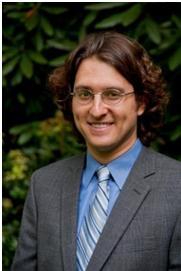Row of Jewish-owned stores near Great Synagogue, Lumobl, Poland (now Ukraine), 1925. (Collection of Photographs and Measurement Drawings, neg. 23441. Institute of Art of the Polish Academy of Sciences, Warsaw. All rights reserved. Image courtesy the American Folklife Center, Library of Congress).
The prevailing image of the shtetl is the one in Fiddler on the Roof: a small, dirt-poor, strictly Jewish village. But shtetls in Eastern Europe could be diverse in both their size and their inhabitants, since the term simply refers to a small town with a predominantly Jewish population and Jewish institutions, especially schools and synagogues.
Shtetls were usually small enough to foster a close Jewish community–albeit one that often simmered with disagreement and resentment due to economic hardships. Its residents would know one another well, and–as in Fiddler–people sometimes acquired informal nicknames based on jobs or appearance: Avrum the Hernia, Chaim the Redhead, Moishe the Icon.
Christian society wasn’t entirely absent from the shtetl. Gentiles lived in and around shtetls, particularly rural farmers whose lands abutted the shtetl limits. They played a large hand in the town economy, bringing their produce to sell in the weekly market.
But with the exception of these nearby farmers and a loose network of other shtetls in the region, each community was an exceedingly isolated and self-sufficient unit. Jews took on roles and occupations that made the community tick–tailors, religious leaders, teachers, innkeepers, shop owners, businessmen, contractors, shoemakers, carpenters and more.
You can read a longer discussion of shtetls, including their history from their first origins through World War II, at the YIVO Encyclopedia. Incidentally, the original Broadway production of Fiddler on the Roof celebrates its 50th anniversary this year–and we’re in the midst of celebrating Molly “Yente the Matchmaker” Picon in a series of posts dedicated to the astonishingly versatile performer whose career spanned decades, mediums and continents. Anatevka lives on.



